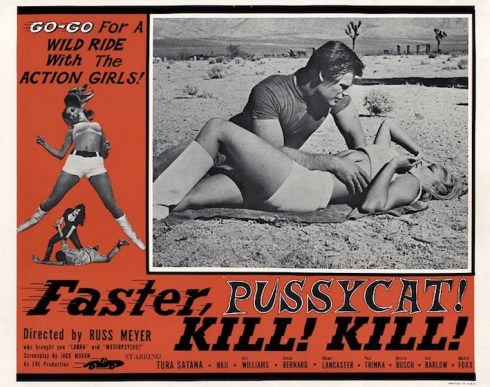Directed by Mario Bava & starring the immortal otherworldly – Barbara Steele!

This timeless Gothic masterpiece is also known as The Demon’s Mask, Revenge of the Vampire, and House of Fright. It is the Maestro Bava’s first film as a solo director, since first working as a cameraman with another auteur of the dark Riccardo Freda, Bava co-directed I Vampiri (1956)
With the presence of the enchanting & luscious beauty of Steele– the film becomes a romantic exercise in the Gothic style of European horror. Her eyes alone could mesmerize an audience with an effervescence that few possess with their gaze.
Bava also controlled the prowling camera style and Nedo Azzini’s sets are emblematic of the netherworld the story is steeped in.
Like a malefic allegory shown with gruesome keenness, Black Sunday is loosely based on Nikolai Gogol’s The Vij.
Barbara Steele manifests two characters the mirror image of each other–Princess Asa Vajda is tortured and burned as a witch. This is how the film opens with a ferocity that propels the film to a whole other level of classical horror. It is the stuff that dark fairy tales are made of… and nightmares.
The iconic spiked Devil Mask that is pounded into Asa’s face for the crime of adultery, or what was considered to be an act of ‘witchery’ Women’s wiles have always been considered powerful, tempting, and dangerous to men.
The local Inquisitor calling Asa a witch, and condemning her to such a brutal death bears ironing for he is Asa’s own brother. Once Asa returns to claim her revenge she vampirizes Katia in order to rejuvenate her life force.
It is now 200 years later, and Katia Vajda the descendent of the persecuted Princess Asa, is the spitting image of the beautiful ‘witch.’ Asa and her lover Javuto (Arturo Dominici) rise up from the tomb, cobwebs, scorpions, and spiders to wreak revenge on the legacy of the Vajda family curse.
One of the most memorable scenes in horror film history is the resurrection of Javuto from the crumbling ground, the smoky dark clouds surround his devil-masked rotting visage underneath–as he claws his way out of his grave and lurches off into the ghostly night.
The special effects, masks, faces, matte painting, etc. were done by Bava himself with his brother Eugenio Bava. The face of Asa which bears the marks of the spike holes from the devil mask adds a chilling effect to the film. It also creates the image of the monstrous feminine that strives to conquer and drain the life of those she’s fixated on. The two characters that Steele plays are contradictory figures, one virginal and innocent, the other bloodthirsty and evil. Asa was unholy because of her sexual desires.

Black Sunday’s expressive influence and its grand sense of classical horror are rooted in the idea that a woman’s sexuality cannot be destroyed, and will always inevitably return by its own primacy enduring the scars of the violence inflicted upon her. That which the world order, particularly religious zealotry and patriarchal law attempt to oppress come back twofold just to shake up the order of things.
The ultimate threat appears as the merger of the two Vajda’s women Asa & Katia… the virgin and the whore. Bava continued to make films where men desperately tried to destroy the lure of women’s desire and their desirability…


































STARE INTO THESE EYES… discover deep within them the unspeakable terrifying secret of BLACK SUNDAY… it will paralyze you with fright!
BRIDES OF HORROR – Scream Queens of the 1960s! – Part 4: The Dark Goddess-This Dark Mirror































































































